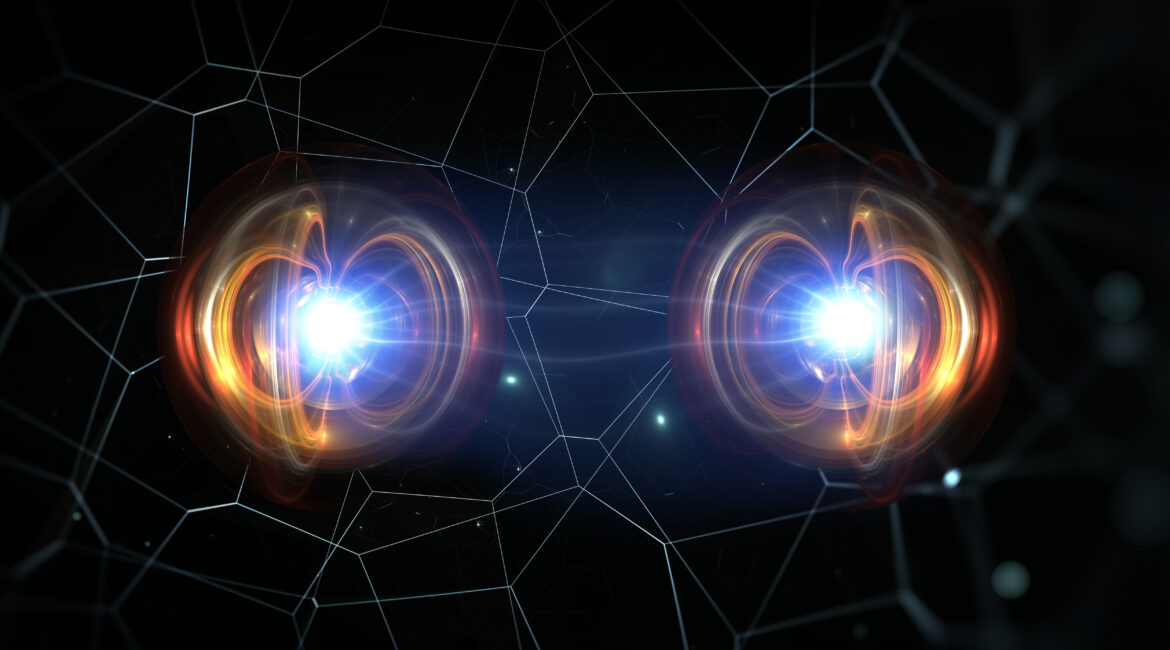Quantum Entanglement and Patent Protection
Quantum computing may well represent the next challenge in obtaining patent protection, as indicated by a recent decision from the US Court of Appeal of the Federal Circuit upholding a decision by the US Patent Office to reject four patent applications allegedly based on the principle of quantum entanglement. An inventor pair filed the four patent applications in which they claimed various products exploiting the properties of quantum entanglement, but provided few details demonstrating that the invention actually worked. The Examiner rejected the patent applications because the applications were “inoperable” and the invention was not “enabled”.
In the Appeal, the inventors cited many scientific publications to support their arguments.
The Appeal Court was clear. The “inventions” were not patentable. The Patent Examiner had considered that the claims were directed to a “natural phenomena” of generating quantum entanglement which, along along with their interactions with a subject, are natural results of magnetic pulses or photons, and therefore are not subject matter eligible for patenting. The Appeal Court agreed. There were no additional relevant limitations in the claims that could justify granting a patent under Section 101 of the US Patent Code.
The Examiner also argued that the claims were not enabled and therefore should be rejected under Section 112. There were no known scientific principles explaining how Appellant’s invention could possibly operate in the manner set out in the patent application and there was no cogent explanation regarding the general principles or mechanisms causing the invention to occur. The Applicants also failed to provide verifiable test data reasonably attributable to the purported result. The Appeal Court concluded that Examiner had reasonably characterized the Patent Applicant’s specification as failing to satisfy the enablement requirement to describe how the invention worked.
In only one (of the four) applications was a prior art document cited. The rejection of the applications was essentially based on the above grounds, i.e. natural phenomena and lack of enablement. The Examiners noted that the principle of quantum entanglement was not being disputed – The Examiners’ rejections were based on skepticism concerning the inventors‘ application of quantum entanglement to achieve the claimed results.
The Appeal Court was conscious that the Patent Office is the guardian of technologic invention and the Patent Office must be receptive to unusual concepts, for the core of the invention is “nonobviousness”. However, new technological concepts that strain scientific principles are properly held to a heightened standard and this standard is typically measured by the reproducibility of results. In these four applications, the Patent Office was presented with an apparent departure from conventional scientific understanding. It was, therefore, appropriate to require experimental verification – and that was not forthcoming from the inventors.
The case shows inventors’ challenges in obtaining patent protection for unusual inventions – particularly ones that go against scientific consensus. Applicants will need to provide clear and convincing evidence in the form of reproducible results with a clear scientific basis to get patent protection in novel fields, such as quantum computing. It is simply not enough to assert that the invention works (or will work). Indeed, patent examiners in the US (and indeed throughout the world) rarely question the experimental details in a patent specification. However, there are cases in which the Examiners do ask for more details and this was clearly one of them. The patent specification was lacking the necessary information and it seems that the inventors were unable to supply more information about the effectiveness of their invention.
We’ve worked on several projects in the field of quantum computing and would be happy to work with you to obtain patent protection. Please contact us here.
The four applications were:
U.S. Patent Application No. 11/944,631, filed Nov. 25, 2007, which relates to quantum entangling two separate samples of liquids and manipulating the pH of one sample by cooling the other sample.
U.S. Patent Application No. 13/449,739, filed April 18, 2012, which relates to a method administering an anesthetic to a patient. A sample of anesthetic would be connected to a device, music would be played through the sample and the patient would be administered the anesthetic through quantum entanglement.
U.S. Patent Application No. 13/492,830, filed June 9, 2012, which relates to a method for administering heart medication to a patient who did not ingest the medicine through microwave-activated quantum entanglement.
U.S. Patent Application No. 11/670,996, filed February 4, 2007, which relates to quantum entangling a substance with ordinary tap water. The specification describes shining a laser light through tap water and then a second substance. When a patient drinks the tap water they experience the effects of the second substance.





